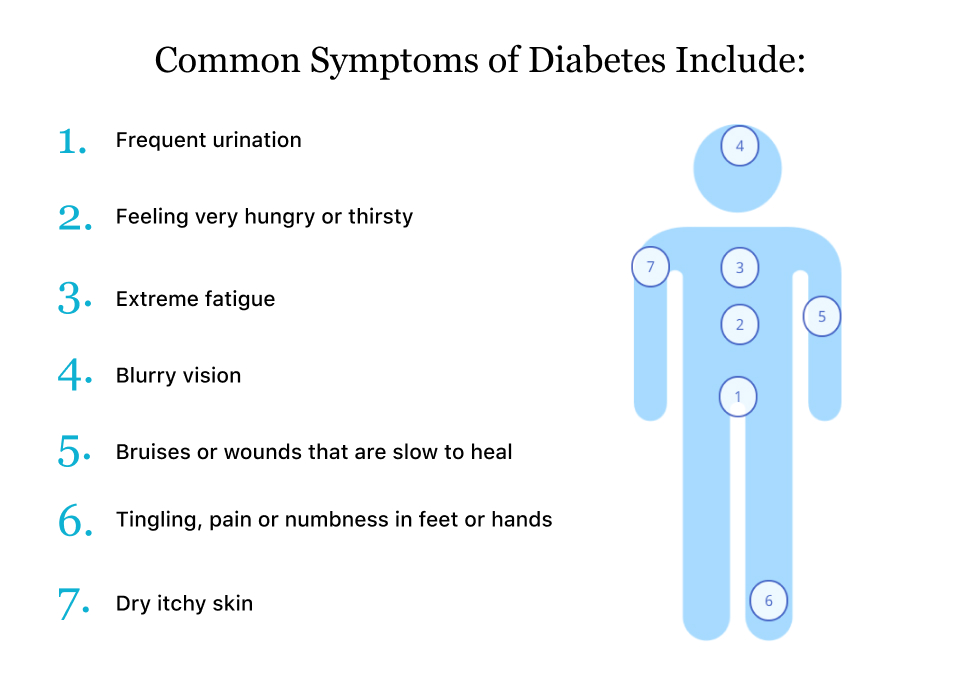Insulin helps blood sugar enter the cells in your body for use as energy. Start studying Type 1 Diabetes.

A Sample Day With T1d Depicted With Emojis T1d Describe Yourself Emoji
B Insulin is produced but cells are not using it.

. The nurse is reviewing type 1 diabetes mellitus with a group. Which of the following describes Type 2 diabetes. Which statement best describes the scientific rationale for prescribing the biguanide metformin Glucophage.
In type 1 diabetes blood glucose levels cannot be controlled with diet oral agents cannot control the disease. Type 1 diabetes results from an autoimmune disorder that destroys pancreatic beta cells. Type 1 diabetes is an autoimmune diseases found in some young children.
Type 1 diabetes is also known as insulin overload diabetes. It typically appears in adolescence. A Blood glucose levels are primarily a result of the timing quantity and character of food intake.
All of the above. Type 1 diabetes is considered insulin dependent diabetes. Learn vocabulary terms and more with flashcards games and other study tools.
Asked Sep 16 2016 in Nutritional Science by AbraCadabra. The statement is true regarding type 1 diabetes - c. Persons with type 2 diabetes usually require lower doses of insulin than a person with type 1 diabetes because they have a milder form of diabetes.
Which statement best describes the differences between the characteristics of type 1 and type 2 diabetes. The immune systems of people. Which statement correctly describes the pathophysiology of this condition.
A chronic condition in which the pancreas produces little or no insulin. Type 1 diabetes is an autoimmune disease which means it results from the immune system mistakenly attacking parts of the bodyIn the case of type 1 diabetes the immune system incorrectly targets insulin-producing beta cells in the pancreas. Which of the following is a characteristic of Type 1 diabetes.
A persons with type 2 diabetes usually require lower doses of insulin than person with type 1 diabetes because they have a milder form of diabetes b. Type 1 diabetes has been on the increase in the last four decades and is now the primary form of diabetes in industrialized nations closely matching the epidemic of obesity as a modern health crisis. Both people with type 1 and type 2 diabetes have genes that make them susceptible to diabetes but an environmental trigger is necessary for the disease to manifest itself.
Type I diabetics are considered insulin-dependent diabetics. Any approach that best helps the patient control blood glucose levels. Type 1 diabetes also known as juvenile diabetes is a chronic condition that destroys cells in the pancreas leaving the body unable to produce sufficient insulin.
High blood sugar is damaging to the body and causes many of the symptoms and complications of diabetes. Asked Dec 29 2019 in Health Biomechanics by M10 A. A Type-1 diabetes is an autoimmune disorder in which the abnormal immunological factors attack the normal insulin- producing beta cells in the pancreas causing an.
I do not like to walk every day but I will if it will help my diabetes 12. Question 2 1 1 pts Which of the following statements BEST describes the relationship between genetics and environmental triggers regarding the manifestation of type 1 and type 2 diabetes. Which of the following statements about type 1 diabetes is incorrect.
B Ingested glucose that is not needed for cellular metabolism circulates in the blood until it is taken up to meet cellular needs. 3 Type 1 diabetes mellitus can occur at any stage of life 4 It usually means that another disease process is present 3 Type 1 diabetes mellitus can occur at any stage of life 2. A disease that is more common in children who drink cows milk 8.
This medication decreases insulin resistance improving blood glucose control. Which of the following statements best describes an aspect of the normal process of glucose metabolism. How type 1 diabetes develops.
A The immune system destroys the insulin-producing cells in the pancreas. C Blood glucose levels are kept in a steady state by. This medication allows the carbohydrates to pass slowly through.
D if you have type 1 diabetes it means you inherited it and have it your whole life. Without insulin blood sugar cant get into cells and builds up in the bloodstream. Which of the following best describes type 1 diabetes.
Symptoms of Type 1 diabetes formerly referred to as adult onset diabetes can be reversed with proper attention to diet and exercise. Cells cannot process insulin already present in the body. Type 2 diabetes almost invariably progresses to become Type 1.
Nobody knows why this occurs or how to stop it. A its an autoimmune. Insulin resistance secondary to obesity 2.
Type 2 diabetes is do to eating unhealthy and not being physically active Advertisement New questions in Health. Multiple Choice 1. Dietary management should focus on total carbohydrate intake.
Hyperglycemia that can be treated with pills or insulin 3. Diabetes is caused by an excessive intake of dietary carbohydrates. 13 rows 1 Which of the following best describes diabetes mellitus type 1.
Auto-immune disease that attacks the beta cells of the pancreas 4. If you have type 1 diabetes your pancreas doesnt make insulin or makes very little insulin. Insulin is the only effective treatment for type 1 diabetes because pancreatic beta cells are unable to secrete endogenous insulin and metabolism is severely impaired.
Type 1 diabetes happens when the insulin producing cells fail. Recurrent inflammation of the pancreas causes insulin resistance. The meal-planning strategy best suited to all people with diabetes is.
A patient is diagnosed with type 1 diabetes. Which statement best describes the differences between the characteristics of type 2 diabetes and type 1. Antibodies to potassium receptors cause gradual hyperglycemia.

7 Become 1 In The Diagnosis And Management Of T1dm The Curbsiders


0 Comments